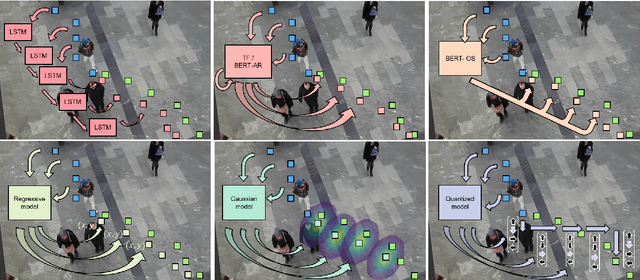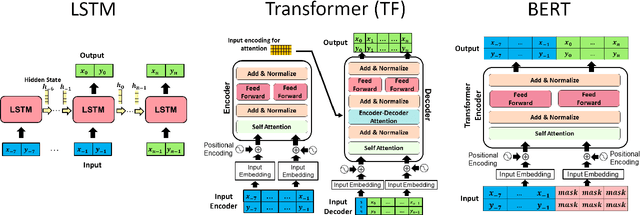Leonardo Placidi
MNISQ: A Large-Scale Quantum Circuit Dataset for Machine Learning on/for Quantum Computers in the NISQ era
Jun 29, 2023



Abstract:We introduce the first large-scale dataset, MNISQ, for both the Quantum and the Classical Machine Learning community during the Noisy Intermediate-Scale Quantum era. MNISQ consists of 4,950,000 data points organized in 9 subdatasets. Building our dataset from the quantum encoding of classical information (e.g., MNIST dataset), we deliver a dataset in a dual form: in quantum form, as circuits, and in classical form, as quantum circuit descriptions (quantum programming language, QASM). In fact, also the Machine Learning research related to quantum computers undertakes a dual challenge: enhancing machine learning exploiting the power of quantum computers, while also leveraging state-of-the-art classical machine learning methodologies to help the advancement of quantum computing. Therefore, we perform circuit classification on our dataset, tackling the task with both quantum and classical models. In the quantum endeavor, we test our circuit dataset with Quantum Kernel methods, and we show excellent results up to $97\%$ accuracy. In the classical world, the underlying quantum mechanical structures within the quantum circuit data are not trivial. Nevertheless, we test our dataset on three classical models: Structured State Space sequence model (S4), Transformer and LSTM. In particular, the S4 model applied on the tokenized QASM sequences reaches an impressive $77\%$ accuracy. These findings illustrate that quantum circuit-related datasets are likely to be quantum advantageous, but also that state-of-the-art machine learning methodologies can competently classify and recognize quantum circuits. We finally entrust the quantum and classical machine learning community the fundamental challenge to build more quantum-classical datasets like ours and to build future benchmarks from our experiments. The dataset is accessible on GitHub and its circuits are easily run in qulacs or qiskit.
Under the Hood of Transformer Networks for Trajectory Forecasting
Mar 22, 2022



Abstract:Transformer Networks have established themselves as the de-facto state-of-the-art for trajectory forecasting but there is currently no systematic study on their capability to model the motion patterns of people, without interactions with other individuals nor the social context. This paper proposes the first in-depth study of Transformer Networks (TF) and Bidirectional Transformers (BERT) for the forecasting of the individual motion of people, without bells and whistles. We conduct an exhaustive evaluation of input/output representations, problem formulations and sequence modeling, including a novel analysis of their capability to predict multi-modal futures. Out of comparative evaluation on the ETH+UCY benchmark, both TF and BERT are top performers in predicting individual motions, definitely overcoming RNNs and LSTMs. Furthermore, they remain within a narrow margin wrt more complex techniques, which include both social interactions and scene contexts. Source code will be released for all conducted experiments.
 Add to Chrome
Add to Chrome Add to Firefox
Add to Firefox Add to Edge
Add to Edge